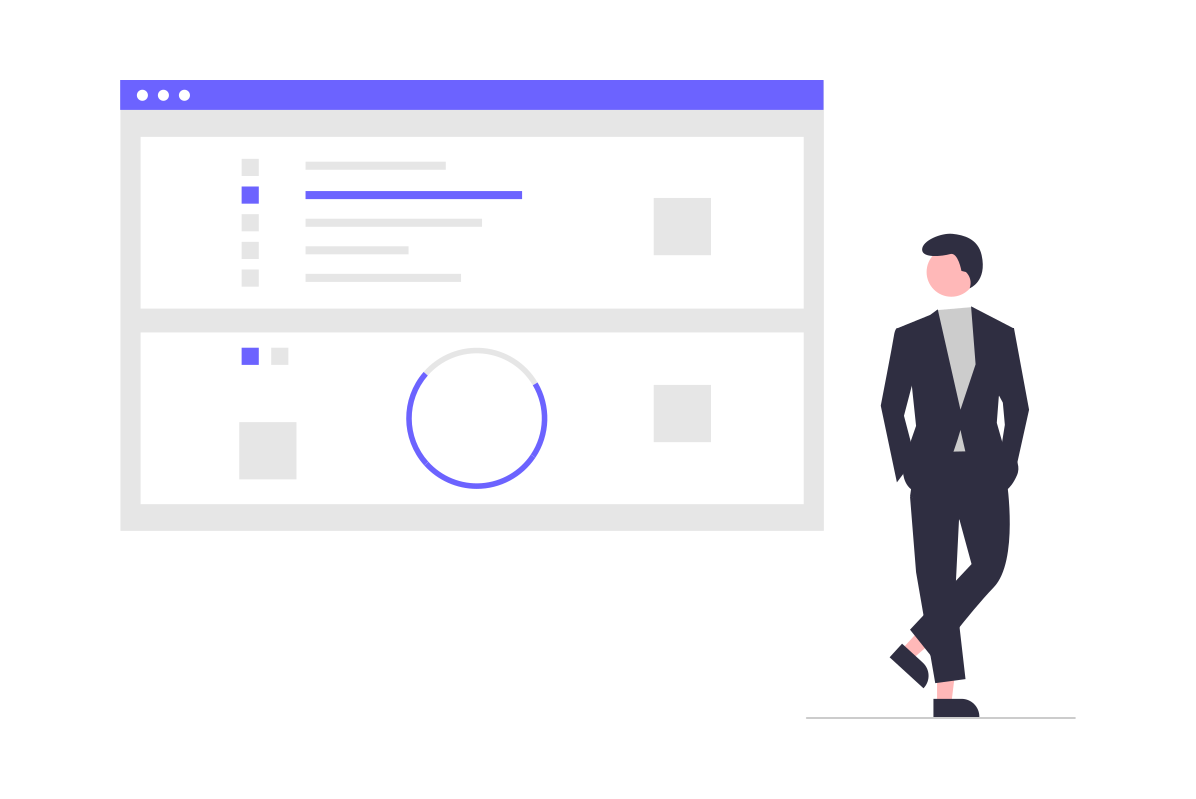Account-Based Marketing (ABM) thrives on precision. In a landscape where every interaction counts, understanding the intent of your target accounts can be the game-changer that propels your campaigns to new heights. Intent data, which provides insights into the interests and behaviors of your potential buyers, serves as the foundation for a more targeted and effective ABM strategy.
Intent data is more than just a buzzword—it's a strategic asset that can dramatically increase your ability to engage with the right accounts at the right time. By leveraging intent data, you can move beyond guesswork and gain a deeper understanding of what your prospects are actually looking for, allowing you to tailor your messaging, content, and outreach strategies accordingly.
Mapping Intent Data to the Buyer’s Journey
1. Awareness Stage: Identifying Early Signals
In the awareness stage, intent data allows you to identify when a target account is beginning to explore solutions that your product or service can provide. These early signals are crucial, as they indicate when a prospect is starting their research journey. By monitoring these signals, you can position your brand as a valuable resource early on, capturing attention before your competitors do.
At this stage, intent data might reveal searches related to industry challenges, specific product features, or comparisons of solutions. By aligning your content and outreach efforts with these interests, you can ensure that your messaging resonates with the emerging needs of your target accounts.
2. Consideration Stage: Deepening Engagement
As prospects move into the consideration stage, their intent data becomes more focused, revealing specific pain points and potential solutions. This is where you can begin to deepen engagement by providing content that addresses their specific concerns and showcases how your solution stands out.
Intent data at this stage often includes more detailed interactions, such as downloading white papers, attending webinars, or engaging with product-specific content. By analyzing these interactions, you can tailor your follow-up communications to address the unique needs of each account, positioning your brand as the ideal solution.
3. Decision Stage: Capturing Intent for Conversion
In the decision stage, intent data is your key to closing the deal. At this point, prospects are actively evaluating their options and are close to making a purchasing decision. By understanding their specific decision-making criteria, you can deliver highly personalized messaging that reinforces your value proposition and addresses any final objections.
Intent signals in this stage might include repeated visits to your pricing page, engagement with case studies, or interactions with your sales team. By aligning your outreach with these signals, you can provide the right information at the right time, ultimately guiding the prospect toward conversion.
Types of Intent Data and Their Applications
Intent data can be broadly categorized into two types: first-party intent data and third-party intent data. Understanding the differences and applications of each can enhance your ABM strategy.
First-Party Intent Data
First-party intent data is gathered from your own digital properties, such as website visits, content downloads, and email interactions. This data is incredibly valuable because it reflects direct engagement with your brand. By analyzing this data, you can gain insights into how specific accounts are interacting with your content and which topics are resonating most.
Applications:
- Personalizing website content based on visitor behavior.
- Tailoring email campaigns to match the interests of specific accounts.
- Identifying which accounts are most engaged and likely to convert.
Third-Party Intent Data
Third-party intent data is collected from external sources, such as publisher networks, social media platforms, and industry websites. This data provides a broader view of the market, allowing you to identify accounts that are showing intent signals outside of your direct digital footprint.
Applications:
- Expanding your target account list by identifying new prospects showing interest in relevant topics.
- Enhancing your account segmentation by layering third-party intent data with your existing account profiles.
- Timing your outreach efforts based on when an account shows intent signals on external platforms.
Implementing Intent Data in Your ABM Strategy
To fully leverage intent data in your ABM campaigns, follow these strategic steps:
-
Data Integration: Ensure that your intent data—both first-party and third-party—is integrated into your CRM and marketing automation platforms. This integration allows you to create a unified view of each account's journey and intent signals.
-
Segmentation: Use intent data to refine your account segmentation. Group accounts based on similar intent signals, such as shared interests in specific topics or products. This segmentation allows you to deliver more targeted and relevant messaging.
-
Personalization: Tailor your content and outreach efforts based on the specific intent signals of each segment. Personalization should extend beyond basic details, such as company name, to address the unique challenges and interests revealed by the intent data.
-
Timing: Use intent data to time your outreach efforts more effectively. Engage with accounts when their intent signals indicate they are in the market for a solution, ensuring that your messaging is both timely and relevant.
-
Continuous Optimization: Regularly review and analyze your intent data to identify trends and shifts in account behavior. Use these insights to continuously optimize your ABM strategy, ensuring that you stay ahead of your competitors and meet the evolving needs of your target accounts.
Conclusion: Unlocking the Full Potential of Intent Data in ABM
Intent data is a powerful tool that, when used effectively, can transform your ABM campaigns from reactive to proactive. By mapping intent data to the buyer’s journey, leveraging both first-party and third-party data, and implementing a strategic approach to personalization and timing, you can ensure that your ABM efforts are not only targeted but also highly effective.
In a competitive market, the ability to understand and act on buyer intent is what sets successful ABM campaigns apart. By harnessing the power of intent data, you can supercharge your campaigns, driving deeper engagement, higher conversions, and ultimately, greater revenue.


